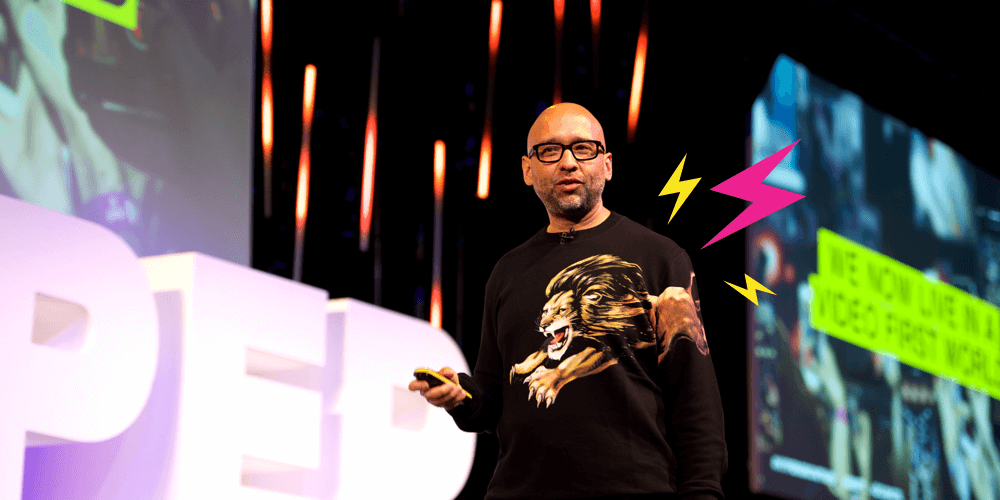
Editor’s Note: This article was first published in Inc. Magazine here.
I recently had lunch with a fellow CEO. He told me that some of his weaknesses are also things he thinks I’m especially good at. And that’s getting out there, being a public speaker, and serving as the face of my company.
But in reality, this doesn’t come to me naturally. In fact, public speaking is something I struggle with and have to work really hard at. Because my natural tendency is to be quiet, to be introverted, to spend time alone.
Being a frontman and having my name and face out there is actually pretty difficult. But the reason I do it is that I believe it’s one of the best ways for me to serve my company. To push myself out of my comfort zone and try to get as much publicity for the company as possible.
How do I do it? I figured out how to make it intellectually interesting.
1. I started to study how people respond to great speeches. How they react to great messaging.
Something I often talk about is to “always be learning.” So when I committed to doing more public speaking, I studied the best. I watched TED Talks on YouTube and I listened to audiobooks and podcasts on my commute.
And I noticed that the people I studied had a few things in common. They talk about their own experiences — not just the messages they are trying to get across, and they are passionate and excited about the topic they have chosen to discuss. This is what separates a good speech from a great speech. People like to hear stories, not pitches.
In order to get better at anything — writing, public speaking, you name it — you need to find the smartest people in that field and study them.
2. I began to learn how to communicate with groups of people.
Drift is the fifth company I’ve started. So over the years, I’ve had to really work at understanding how best to communicate with various groups. I’ve learned that what may work for a company with 10 people likely won’t work when that company grows to 100 people, or 250 people, and so on.
But the most important thing I’ve learned is that no matter what, no matter how much a company grows, people want to feel valued and in-the-know.
So, one of the things I prioritize is hosting all-hands meetings. These give me the opportunity to communicate with our entire company about the state of the business, address any questions or concerns people might have, and ensure everyone is united on our mission and goals.
3. And then I studied the art of direct response.
While the talks I give at conferences are obviously very different from those I give at a Drift all-hands meeting, they both inevitably lead to direct and indirect feedback from attendees.
For example, I like to see what was captured and Tweeted during, and after, I speak at a conference — and what the key takeaways were for people. Because while it’s often expected, there are other times when a seemingly insignificant comment is what takes hold for people.
This feedback — just like the questions and surveys we capture after all-hands and the 1:1s I often hold after these meetings — is helpful and interesting, as I learn what resonated and what didn’t. And from there, I can adjust how and what I communicate next time.
So why am I sharing this now?
There are always places that are out of our comfort zones, but these might just be the areas to invest in. Especially if those areas will help you grow and learn new things. If they’ll help you better serve your company, your customers, your family, friends, and community.
I challenge you to think about what you struggle with — and begin to master them by making them intellectually interesting.





